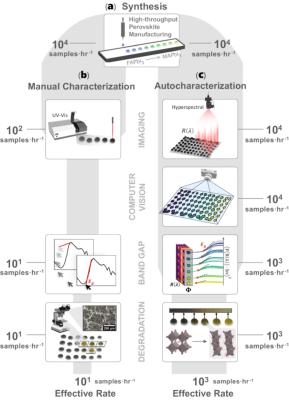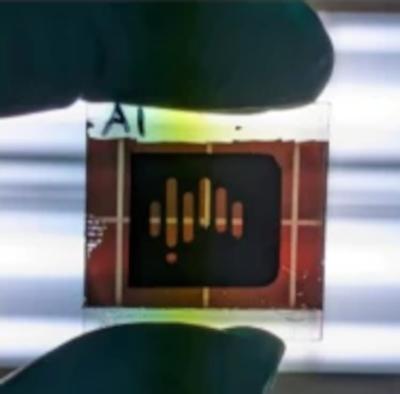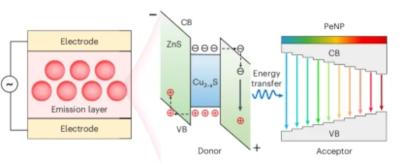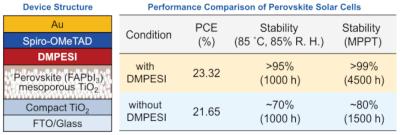Researchers design efficient carbon-based perovskite solar cells with phosphorene HTL
Researchers from Australia's Griffith University and Queensland University of Technology have reported the fabrication of planar carbon-based perovskite solar cells (c-PSCs) with high efficiency and excellent stability, by employing electrochemically produced large-area phosphorene flakes as a hole-transporting layer (HTL).
Carbon-based perovskite solar cells have attracted increasing attention due to their many advantages, including: ease of fabrication, the potential of assembling flexible devices, low manufacturing costs and more. However, c-PSCs suffer from limited hole extraction and high charge carrier recombination due to inadequate interface contact between the carbon electrode and perovskite film.







